Introduction:
Fused teeth syndrome, also called dental fusion, is an unusual dental condition where two teeth join together during development. It can happen in both baby and adult teeth, although it is more common in baby teeth. This results in a single, larger tooth, and the fused teeth may either share one root or have separate roots.
What Is Fused Teeth Syndrome?
Fused teeth syndrome occurs when two teeth connect while forming, creating a larger tooth. This is more frequently seen in baby teeth but can affect adult teeth as well. Whether the teeth share one root or have separate roots depends on how much they fuse.
Causes of Fused Teeth Syndrome:
The exact reasons for fused teeth syndrome are still unclear, but certain factors can increase the chances of it happening:
1.Genetic Factors:
Genetics play a big role in this condition. If someone in the family has fused teeth, the chances of another family member having the condition are higher.
2.Environmental Factors:
Trauma to the mouth during the development of teeth, or exposure to harmful elements like radiation, can lead to tooth fusion. Accidents during childhood can also be a cause when teeth are still forming.
3.Developmental Abnormalities:
If there’s abnormal pressure or positioning of teeth during development, fusion can occur. When two teeth are too close together, they might merge unintentionally.
Symptoms of Fused Teeth Syndrome:
The symptoms can vary based on how the teeth are fused. However, common signs include:
1.Abnormal Tooth Shape:
Fused teeth often look bigger or wider than normal because two teeth have combined.
2.Difficulty in Cleaning:
The fusion makes it hard to clean the teeth properly, increasing the risk of cavities and gum problems.
3.Misaligned Bite (Malocclusion):
Fused teeth can cause the bite to become misaligned, which can lead to malocclusion, where the upper and lower teeth don’t meet properly.
4.Speech Difficulties:
In some cases, fused teeth may interfere with speech because the larger tooth can affect the tongue’s position.
5.Aesthetic Concerns:
The appearance of fused teeth can sometimes affect a person’s smile, leading to cosmetic worries.
Diagnosing Fused Teeth Syndrome:
Dentists typically diagnose fused teeth during routine exams using several methods:
1.Visual Examination:
Dentists look for teeth that seem larger or differently shaped, which might indicate fusion.
2.Dental X-rays:
X-rays help determine how the teeth are connected and whether other areas of the mouth are affected.
3.Clinical Evaluation:
A dentist may check how the fusion impacts the bite and alignment to suggest the right treatment.
Treatment Options for Fused Teeth Syndrome:
The treatment for fused teeth depends on how severe the condition is and whether it affects function or appearance. Treatment options include:
1.Monitoring:
In mild cases, the dentist may suggest regular check-ups to watch for any potential issues.
2.Orthodontic Treatment:
If the fusion causes misalignment, braces or clear aligners may be used to fix the bite and appearance.
3.Dental Restorations:
Crowns or veneers might be applied to improve how the teeth look and function, helping them appear more natural.
4.Surgical need:
In severe cases, surgery may be needed to separate the fused teeth and restore proper function.
Preventing Fused Teeth Syndrome:
Although genetic factors can’t be controlled, there are ways to lower the risk of fused teeth and other dental problems:
1.Maintain Good Oral Hygiene:
Regular brushing, flossing, and dental check-ups can help prevent many dental issues.
2.Avoid Mouth Trauma:
Protecting the mouth, especially during childhood, can prevent injuries that might cause tooth fusion.
3.Healthy Diet:
Eating foods rich in calcium and vitamin D supports healthy teeth development.
4.Early Dental Intervention:
If anything unusual is noticed in your child’s teeth, consult a dentist early for an evaluation.
Conclusion:
Although fused teeth syndrome is rare, early detection and treatment are key to keeping your teeth healthy. Understanding the causes, symptoms, and treatment options allows individuals to manage this condition better. By practicing good oral care and seeking early treatment, complications can be avoided, and teeth can function and look their best.
FAQs:
1.Can fused teeth be prevented?
While genetic factors can’t be controlled, good oral hygiene, avoiding mouth injuries, and eating a healthy diet can lower the risk of dental fusion.
2.Is fused teeth syndrome painful?
Fused teeth are not usually painful, but they can lead to other issues like decay or misalignment that might cause discomfort.
3.How common is fused teeth syndrome?
Fused teeth syndrome is rare, especially in permanent teeth, and is more often seen in baby teeth.
4.Can fused teeth be corrected without surgery?
Sometimes, orthodontic treatment or dental restorations can correct the condition without surgery. It depends on how severe the fusion is.
5.Does fused teeth affect wisdom teeth?
Fused teeth are more likely to occur in the front teeth and are rare in wisdom teeth, though it can happen.
6.Will fused teeth develop normally?
Fused teeth may not grow as expected because of the fusion, which can affect their size, shape, and alignment.
7.Can fused teeth lead to other dental problems?
Yes, fused teeth can increase the risk of decay, gum disease, and bite misalignment.
8.What should I do if I think my child has fused teeth?
If you suspect your child has fused teeth, visit a dentist as soon as possible for an evaluation.
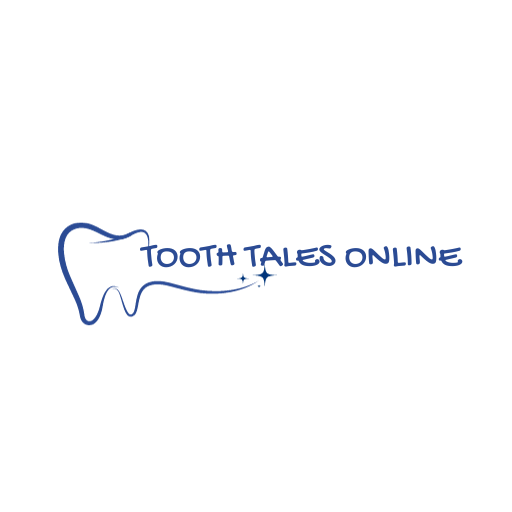
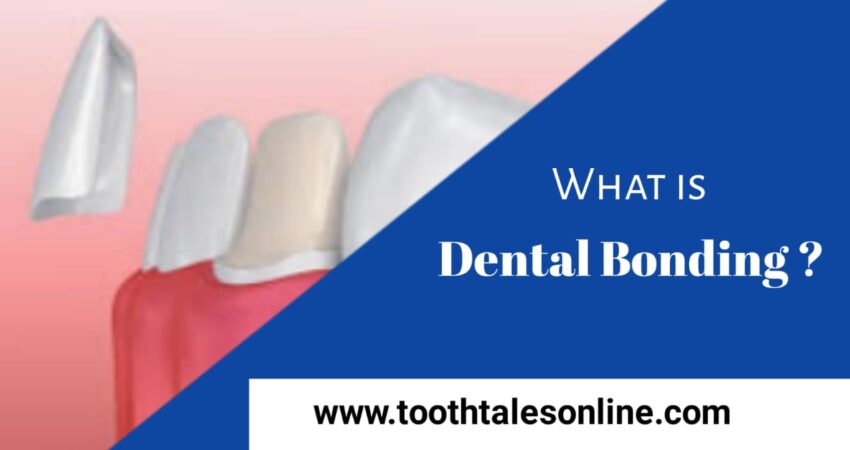

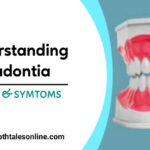
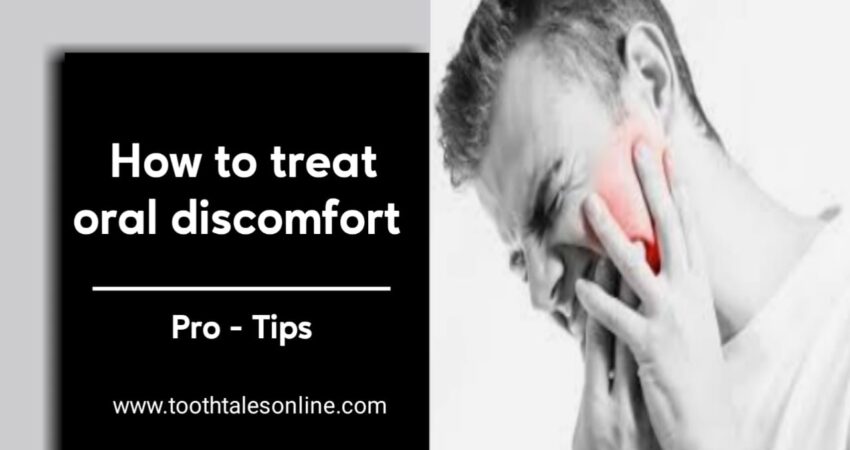
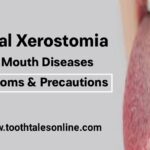

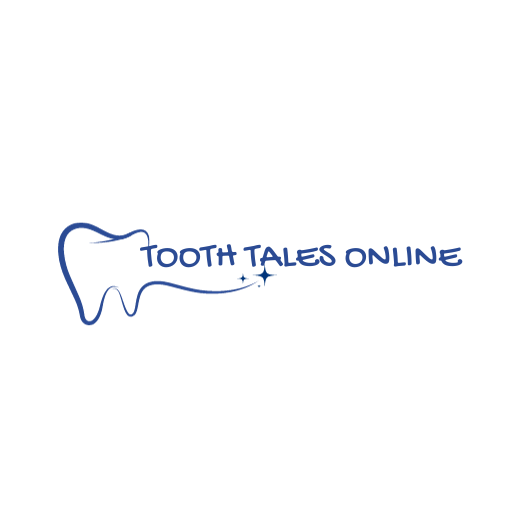
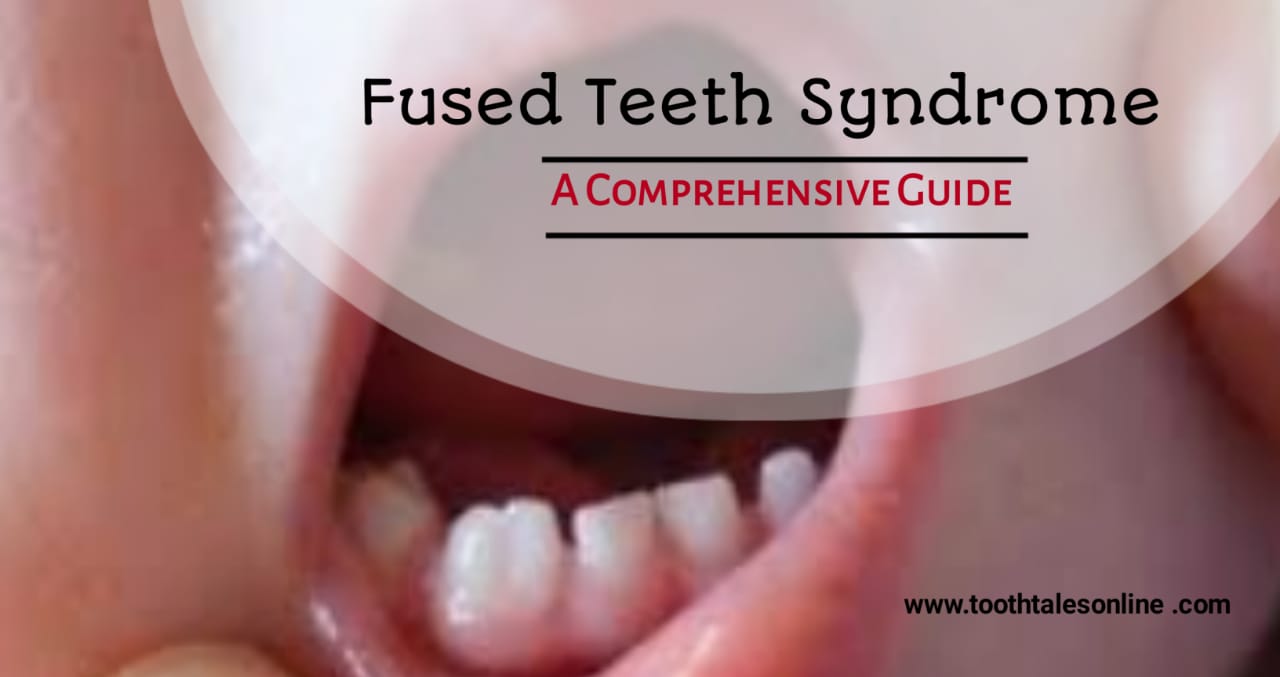

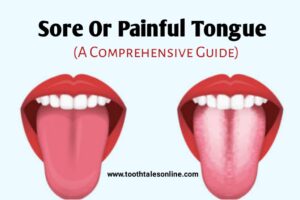
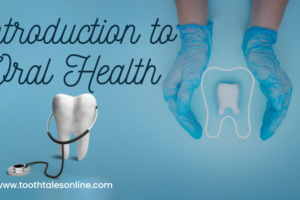










Add Comment